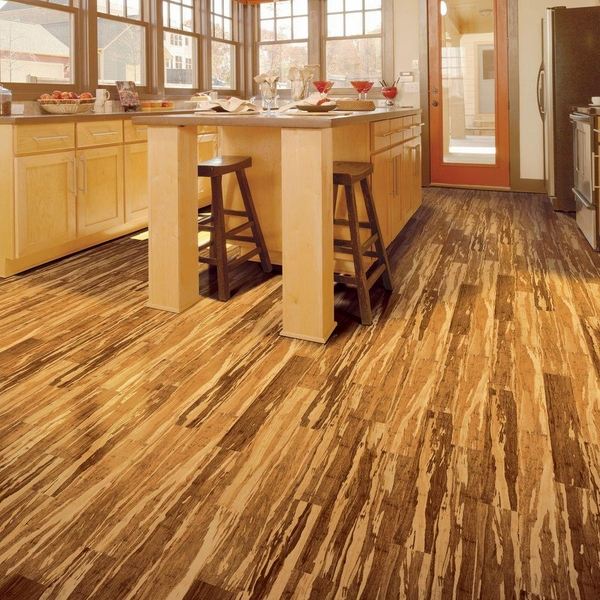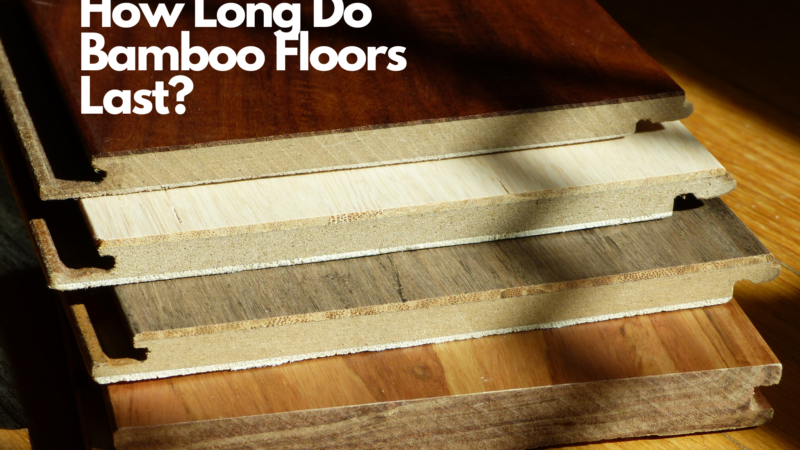All You Need to Know About Bamboo Flooring

Using bamboo flooring in your home can be an exciting, expensive project. Here you will find all you need to know about bamboo flooring. Although it may seem like an unnecessary expense, this type of flooring can have an enormous impact on the value of your home. Before installing bamboo flooring in your home, you should take some time to learn about this flooring option and choose the right contractor. The following information will help you choose the best floor for your space. In addition, this type of flooring is very soft underfoot.
Know How To Choose Your Bamboo Flooring
Quality bamboo is the most important consideration when choosing a floor for your home. There are various kinds of bamboo flooring available on the market. There are two types of flooring available: natural and carbonized caramel. You can choose a flooring type that is suitable for your home. If you want a more rustic look, choose strand-woven bamboo. You can also order solid bamboo flooring without a finish. While onsite finishing will give you a smooth surface, it won’t offer as long-term durability as the factory-applied aluminum oxide.
A variety of installation methods are available for bamboo flooring. The quality of the materials used for bamboo floors depends on their hardness and density. You should also check out their durability. You should buy quality flooring that is strong enough to last a long time. If you have any questions, make sure to contact the manufacturer. There are many available options while choosing bamboo floorings for your surface, it is always safe to hire a professional so that they can provide expert advice on which type of floor would be suitable
What Is Underlayment For Bamboo Flooring?
This layer is placed between the bamboo flooring and the subfloor. It provides cushioning moisture, and sound absorption. The best way to install this type of flooring is with a damp mop and white vinegar. Never use steel wool to clean the surface. These types of materials can damage the finish of the flooring. It is also not advisable to use polishes or waxes on your bamboo flooring. These substances can cause the floor to develop cracks and chipped edges.
Before installing bamboo flooring, you should prepare the room with a wooden subfloor to prevent splinters. In addition, you should clean the surface with a damp cloth before applying the bamboo flooring. Then, make sure the area is well-prepared and there are no obstacles to the installation. After that, you can stain the bamboo flooring if you wish. Remember to remember that the sealant will need to dry for 24 to 48 hours before it is ready to be used.
How To Maintain Bamboo Floors
Care should be taken when cleaning your bamboo floors. You should avoid soap-based detergents or combined “clean and shine” products on them. Instead, use a white vinegar-water solution to mop the floor. It is best not to polish or wax your bamboo flooring since this can ruin the look and feel of your new flooring. If you must, use felt protective pads under the legs of your furniture. You should clean these mats on a regular basis and re-coat them when necessary.
While it is a great option for many homes, the downsides of bamboo flooring include water damage and splinters. While bamboo is slightly more resistant to water than hardwood, it is still susceptible to water and humidity damage. Even the best quality bamboo flooring should be protected from soaking and scratches. As with any other wood product, it is important to take care of your bamboo flooring. Keeping your home clean and dry is the most important aspect of caring for your new flooring.
Extra Tips For Bamboo Floors
Besides its beauty, bamboo is also durable and environmentally friendly. The wood is harvested from trees, and stalks are cut into thin strips to form bamboo flooring. It is then bonded with plywood or fiberboard. The material is then sliced into planks and laminated. Then, the bamboo is glued to the base with a strong adhesive. To protect the bamboo flooring, you must avoid any possible water and scratches.
Before installing your bamboo flooring, you should prepare the sub-floor and the room. You should make sure that the floor is stable and flat. If your floor has uneven surfaces, you can place foam pads under the bamboo floor to cover the imperfections. Then, you should measure the area where you want to install your bamboo flooring and make sure you have the space. Afterward, you can assess the quality of the wood by checking its color and texture.

